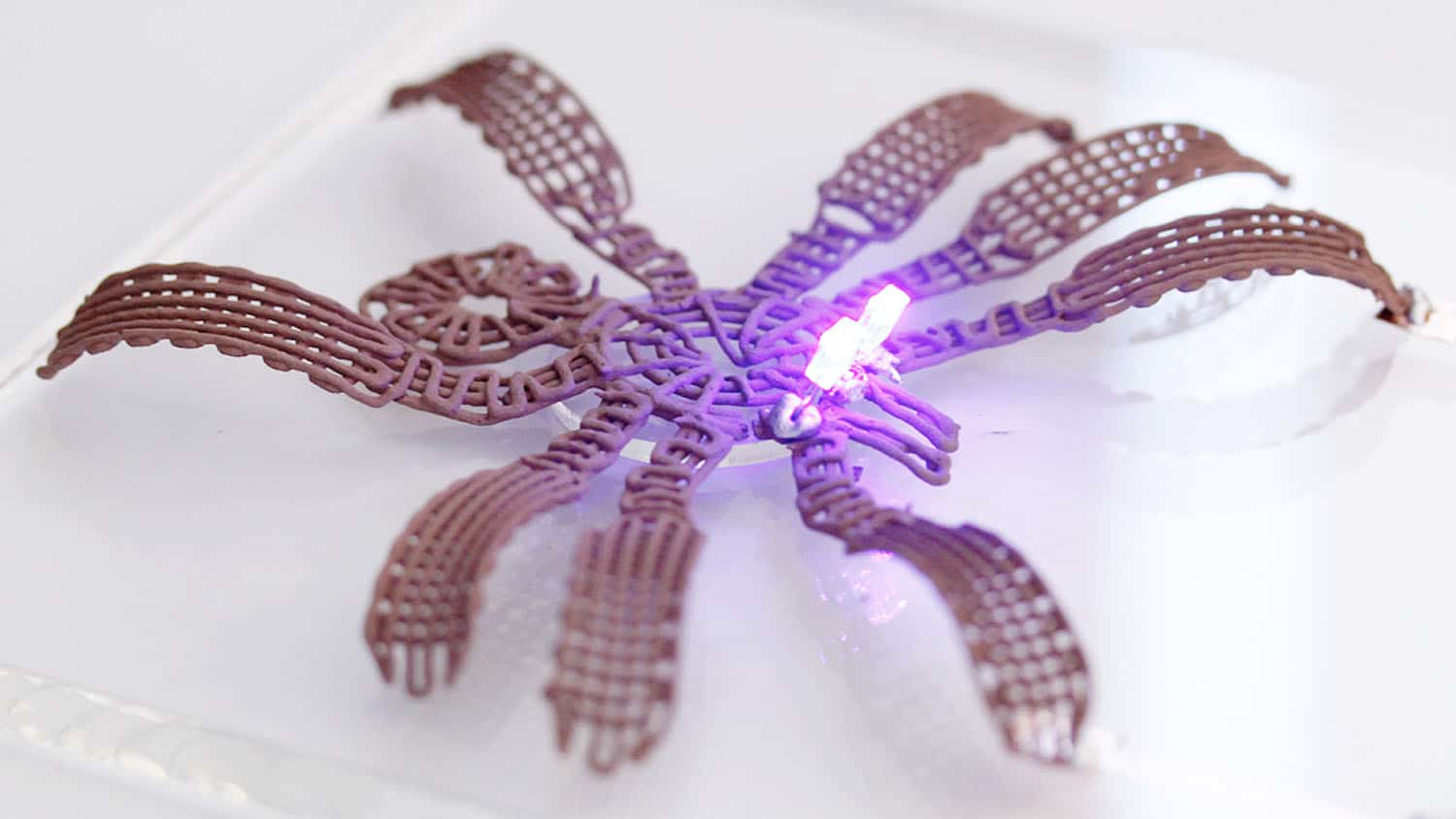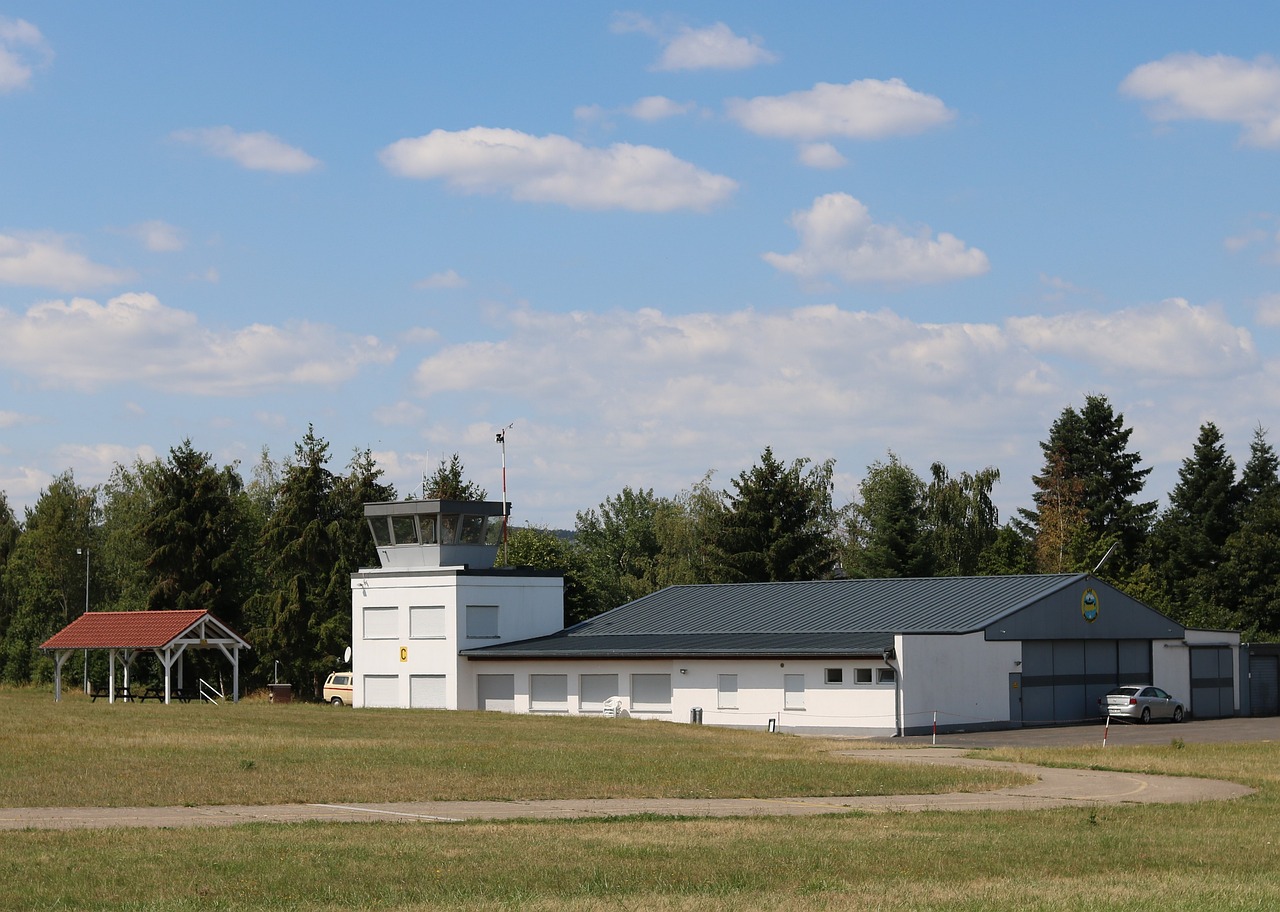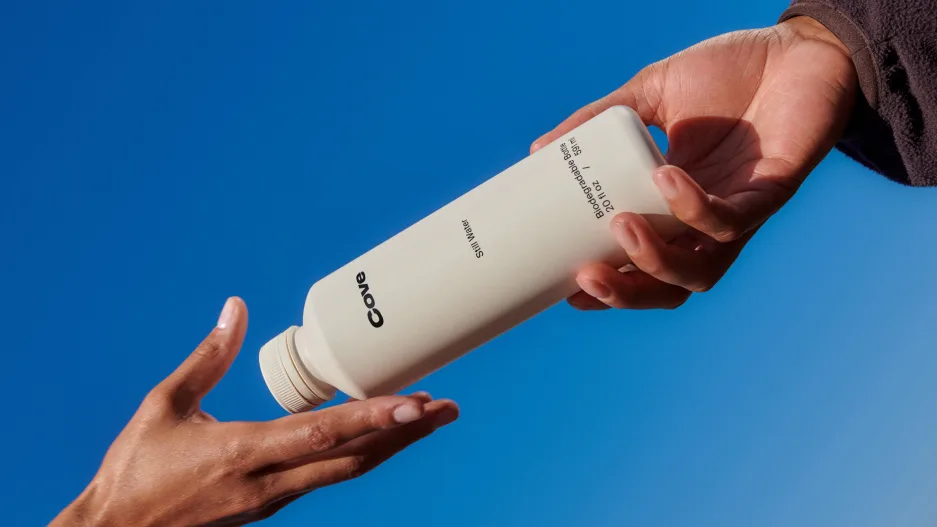In a “Eureka!” moment, Dutch company Archimedes, named for the renowned ancient mathematician, has designed a nautilus shaped silent wind turbine. The Liam F-1 promises to become the “next generation” of wind generation.
Archimedes (c.287 B.C. – c.212 B.C.), the Greek inventor from Syracuse, designed a screw inside a cylindrical chamber to act as a hand turned ship’s bilge conveyor. The Archimedes screw is still used to transfer water, grain, even coal, from a lower elevation to a higher level. He also made use of parabolic concentration of sunlight using mirrors. Anecdotally, though likely erroneously, he is attributed with running naked from his bath yelling “Eureka!” at having just figured out how to test the King’s crown’s gold content using water displacement principles.
This fusion of a nautilus shell and Archimedes’ screw shaped turbine alleviates many of the obstacles posed by standard blade type wind generation designs, especially when it comes to practical urban use. The new smaller, conical design maximizes energy output, eliminates resistance drag, and minimizes the “rotor roar” associated with rotating blades. And, its screw shape has a natural inclination to align itself with the maximum wind collection, the same way a wind sock does.
Whereas standard wind generators typically only yield about 25-50% of the potential, the inventor, Marinus Mieremet, claims the Liam F-1 can utilize 80%, with the possibility of supplying a typical home with 1500 kWh per year. In fact, the yields were so extreme that the model was put through a barrage of more than 50 tests to assure the accuracy of the astonishing results.
Cost is always a factor in the initial development of new technology and this design comes in at about $4,500. Even in these early stages, the company has already sold 7,000 of the Liam F-1 Urban Wind Turbines in 14 countries. But the company is working on a mini-version as well, so that may be a better fit for some homeowners to use in combination with solar. If monetary incentives are provided for CO2 reductions and clean air benefits gained by local communities, the affordability may be even more practical for the homeowner in the very near future.
Massive scale solar and wind generation might make sense in the desert but they don’t work at that scale in urban areas where land is at a premium. What the urban landscape DOES offer are miles and miles of rooftops that can accommodate small scale, individual production. Besides, the closer to the point of use that electricity can be generated, the less lost through travel along lines.
Oftentimes, when the sun isn’t shining the wind is blowing in a storm front, and in some locations wind is typical at night, making a combined solar and wind application highly efficient for the homeowner or urban dweller. It is possible that the home of the future will be mostly self-generated, if wind can be a viable contributor to the mix of options that are becoming ever more efficient and end-user friendly.
This new Liam F-1 urban wind turbine design alleviates so many of the obstacles of blade designs that it is not hard to imagine a full out revolution “spinning into control” of the next generation of wind energy.






